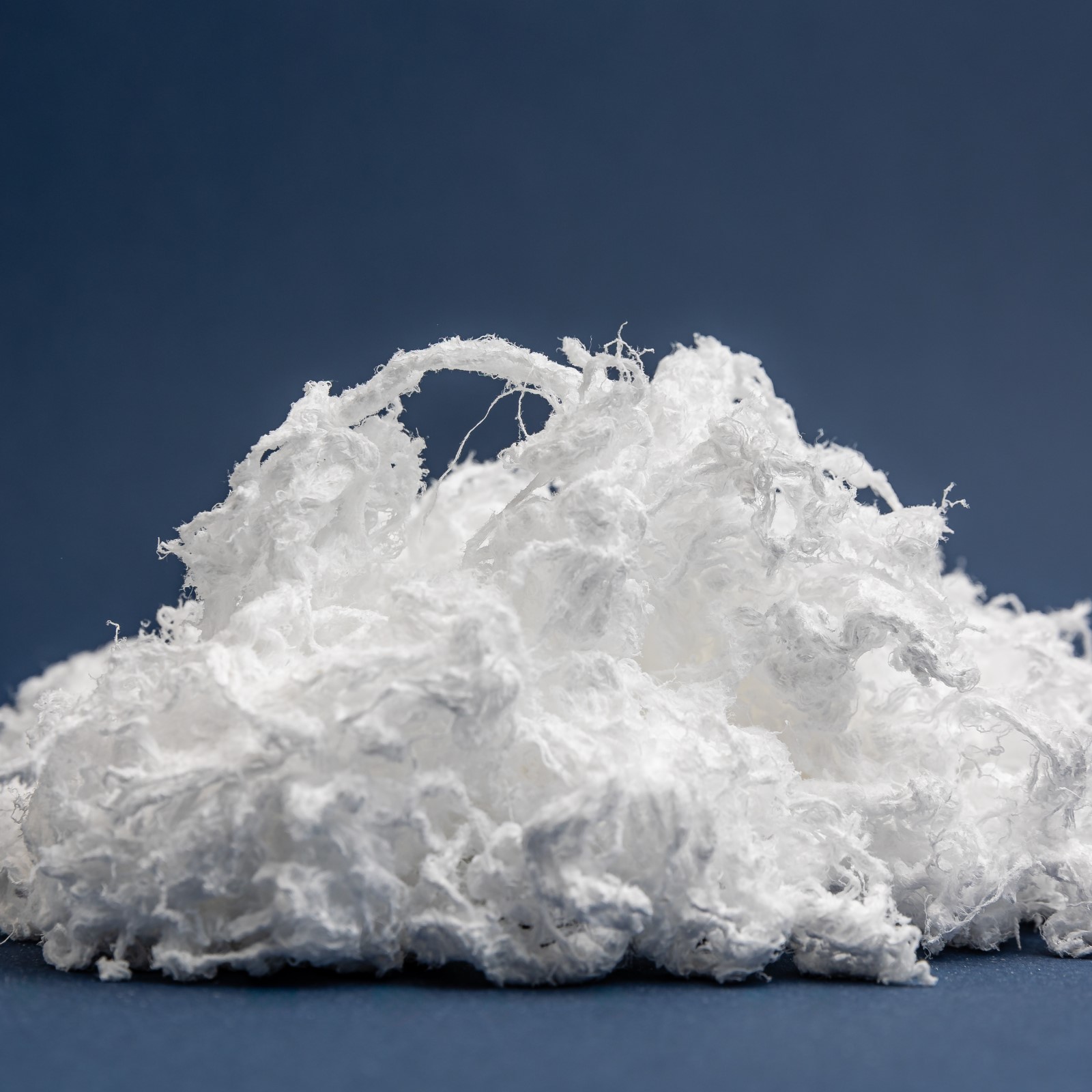Publication de notre premier rapport RSE !
Nous sommes ravis d’annoncer la publication de notre rapport RSE 2023 !
Driven by advances in material science and bioengineering, HA is now at the heart of customized therapeutics, intelligent delivery systems, and biofabricated tissues, positioning it as a strategic biomaterial for tomorrow’s medicine.
HA is evolving from a common active molecule into a customizable therapeutic material. By tuning its molecular weight, modifying its chemical structure, or integrating it into advanced biomaterials, researchers can now precisely adjust HA’s properties to match specific clinical applications.
Whether it’s through thiolation, methacrylation, or PEGylation, HA can be engineered into diverse formats: injectable hydrogels, nanofibrous scaffolds, micelles, nanoparticles, and even stimuli-responsive matrices. These materials offer adaptive solutions in aesthetic medicine, rheumatology, ophthalmology, and beyond—tailoring elasticity, degradation time, and drug-release kinetics to each patient’s needs.
This shift aligns with the broader movement toward precision medicine, where biomaterials are adapted to match not just the disease, but the individual.
One of HA’s most exciting frontiers lies in its transformation into an active drug carrier. Thanks to its natural affinity for CD44 and RHAMM receptors, which are overexpressed in many inflammatory and tumor environments, HA enables targeted delivery with high specificity.
Innovations include:
In ophthalmology, innovative AH-based solutions offer significant potential for the future by improving the retention, penetration, and localization of active ingredients, thereby reducing the frequency of administration and improving patient comfort.
HA’s structural similarity to the native extracellular matrix (ECM) makes it ideal for tissue engineering and regenerative therapies. Its high-water retention, non-immunogenic profile, and enzymatic degradability provide a cell-friendly microenvironment for tissue repair and regeneration.
Recent applications include:
Perhaps most notably, HA is becoming a key component in 3D bioprinting, serving as a bioink that allows researchers to print living structures—skin, vasculature, and even early organoids—mimicking both the architecture and biological functions of native tissue.
The future of hyaluronic acid lies not just in doing more — but in doing better. With its unmatched versatility and adaptability, HA is no longer just a passive component, but a programmable biomaterial that bridges biology and engineering.
From smart wound dressings to targeted anti-cancer therapies and 3D-printed tissues, HA is being redesigned to meet the needs of precision medicine, patient-specific regenerative care, and next-generation drug delivery.
For clinicians, researchers, and biotech innovators, this means that hyaluronic acid is no longer just an ingredient — it’s a strategic material platform for the future of human health.

Earlier this year, during the IMCAS World Congress, we interviewed three experts in the field of aesthetic medicine and are thrilled to share these exclusive interviews !

Polynucleotides (PDRN /PN) are emerging as a key biopolymer in regenerative medicine, offering innovative solutions for tissue repair, wound healing, and aesthetic medicine. With their unique mechanism of action and promising therapeutic applications, polynucleotides are revolutionizing the field of biopolymer-based treatments. In this article, we will explore what polynucleotides are, how they work, their medical applications, and their sustainable sourcing from wild salmon.

Hyaluronic acid (HA) has become a cornerstone of modern medicine, widely recognized for its role in aesthetics, ophthalmology, and rheumatology. But what exactly is this fascinating molecule, and how does it contribute to human health? In this article, we will explore the history of HA, its biological functions, and its diverse medical applications.